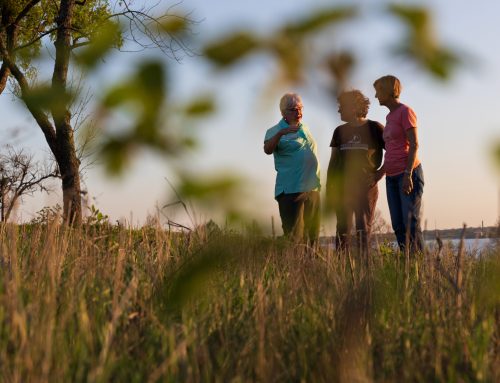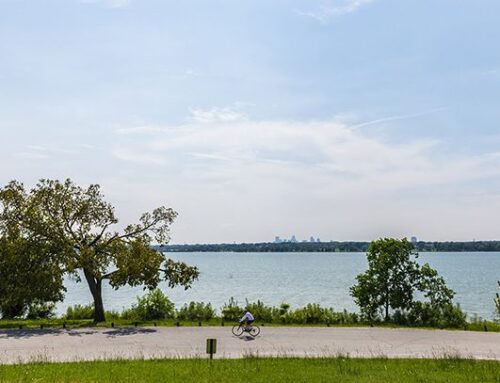Middle school students at St. John’s Episcopal School recently completed tests on sediment the City will dredge from White Rock Lake.
The students conducted an environmental study of the sediment this spring and released the results last month. This project was funded by an Environmental Challenge Grant of nearly $750, which was provided by The H-E-B Grocery Co., the Texas General Land Office and the Texas Conservation Fund.
“The kids learned how to conduct a scientific experiment that had community impact,” says St. John’s science teacher Toni Herrin. “They took science out of the classroom and into the world.”
The students sampled three locations on the east side of the upper third of the lake. They tested the pH and temperature of the lake’s water and examined sediment for odor, presence of life forms and inanimate objects. They also conducted testing for the presence of non-hazardous substances such as nitrogen, phosphates and potassium.
The sediment samples then were sent to ERMI Environmental Laboratories. The students compared the results to the Environmental Protection Agency’s safety standards to determine there was no hazardous levels of the metals arsenic, chromium, cobalt, copper, lead, mercury, nickel, selenium and zinc.
An extremely high level of aluminum, however, was found, which warrants another test to check the anomaly, Herrin says. This test will be conducted this summer, as well as tests for levels of barium, cadmium, manganese and silver.
The city plans to pipe the lake sediment to selected surface sites, one of which may be Flag Pole Hill.





